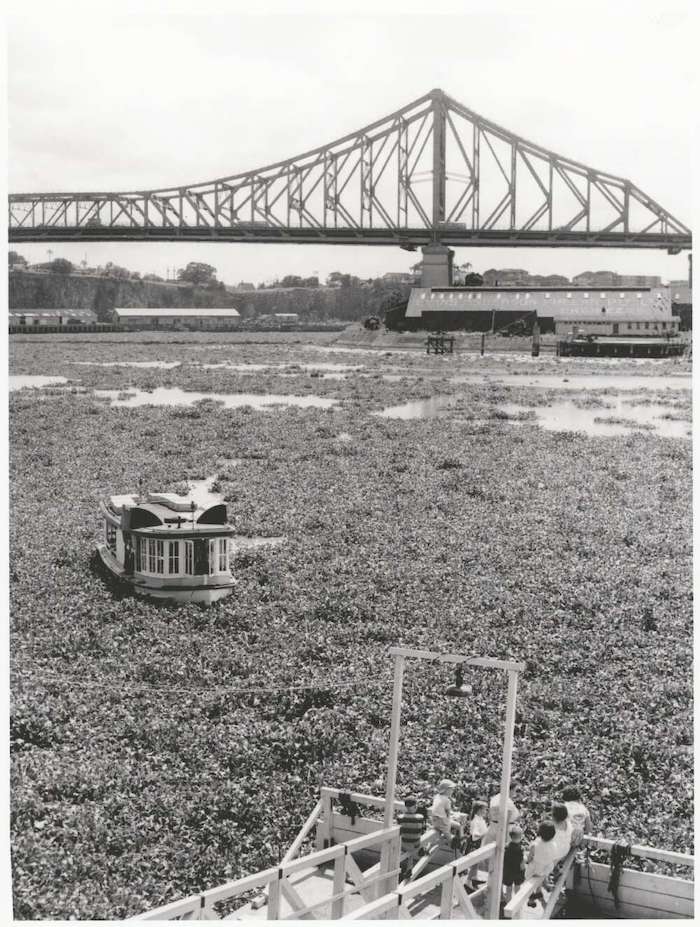The Birth of RAN ship/shore Radio Communications at the Naval Church Kangaroo Point

This strange looking vessel armed with one 8 inch breech loading12-ton gun and one 6 inch breech loading 4-ton gun is HMAS Gayundah. Formerly of the Queensland Marine Defence Force, following Federation in 1901, she became a unit of the Commonwealth Naval Forces. Under the command of Captain W.R. Creswell RAN – father of the RAN, she undertook walkie talkie trials in the Brisbane River before sailing for exercises off Moreton Bay.
On 10th April 1903, the first ship-to-shore walkie talkie message was transmitted from the Gayundah off Moreton Island to a receiving station in the gardens of St Mary’s Anglican Church, Kangaroo Point – the ‘Naval church’ in Brisbane. It read: ‘Gun drill continued this afternoon and was fairly successful – blowing squally and raining – prize firing tomorrow. Marconi insulators were interfered with by rain but easily rectified and communication since has been good. Good night.’
The picture shows the tall bamboo pole lashed to the foremast which held the aerial.
The wreck of the Gayundah can be seen at Woody Point, Redcliffe. It is best viewed at low tide.
Water hyacinth – a beautiful but noxious weed

It was meant to be a beautiful ornamental aquatic plant, but turned into one the world’s worst water weeds.
Water hyacinth was introduced to Australia as an ornamental aquatic plant and released into ponds and lagoons in metropolitan Brisbane and public parks all over Queensland in the early 1900s. However, due to its rapid spread and extensive root system it soon became a major pest of rivers, creeks and dams, choking wetlands, killing wildlife and interfering with transport and recreational use of the waterways.

Water hyacinth was swept downstream as far as the city reaches after flooding upstream. Heavy infestations made river transport challenging with ferries having to ‘plough through’ the weeds and services often unable to run at all, as described in this article from the Warwick Daily News, 18 March 1937.


Worst infestations consisted of plants forming dense mats and spreading out across the water, eventually choking the whole area. In ideal conditions an infestation can double in size every week.

Today infestations of water hyacinth are managed using a combination of mechanical, biological and herbicide methods.
(Sources: NLA articles/ Department of Agriculture and Fisheries, Biosecurity Queensland/ State Library of Queensland)

